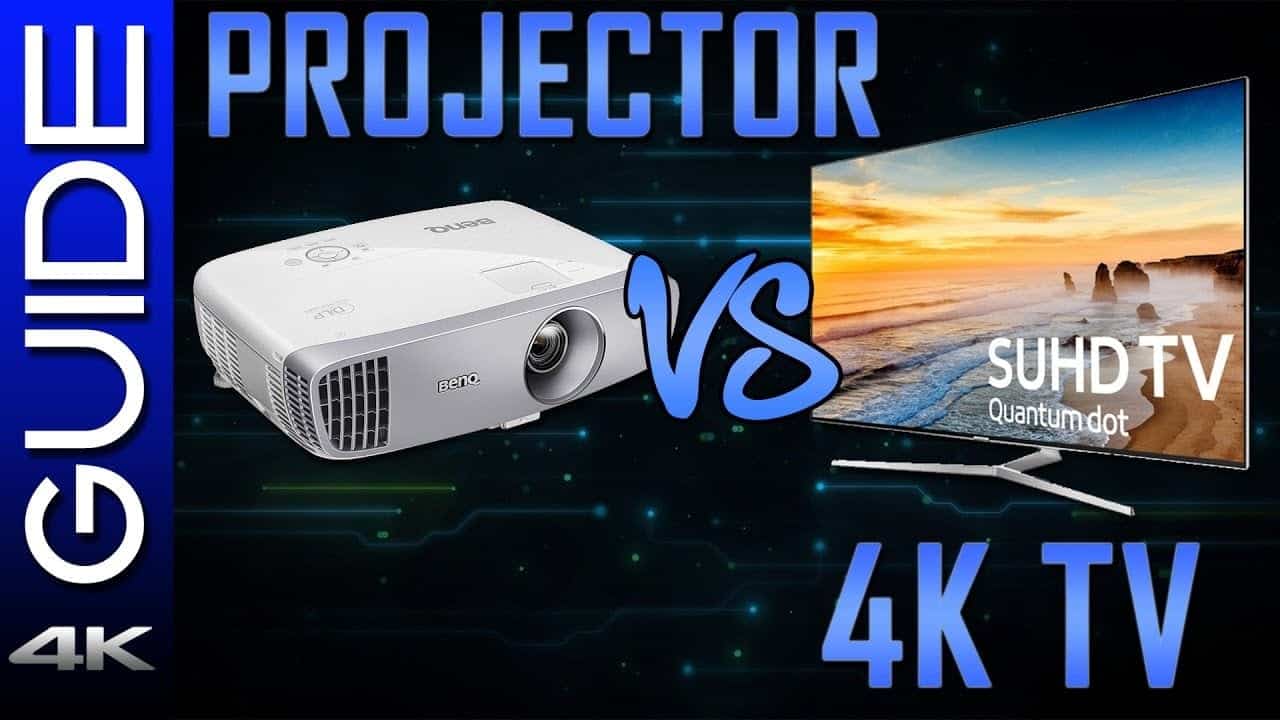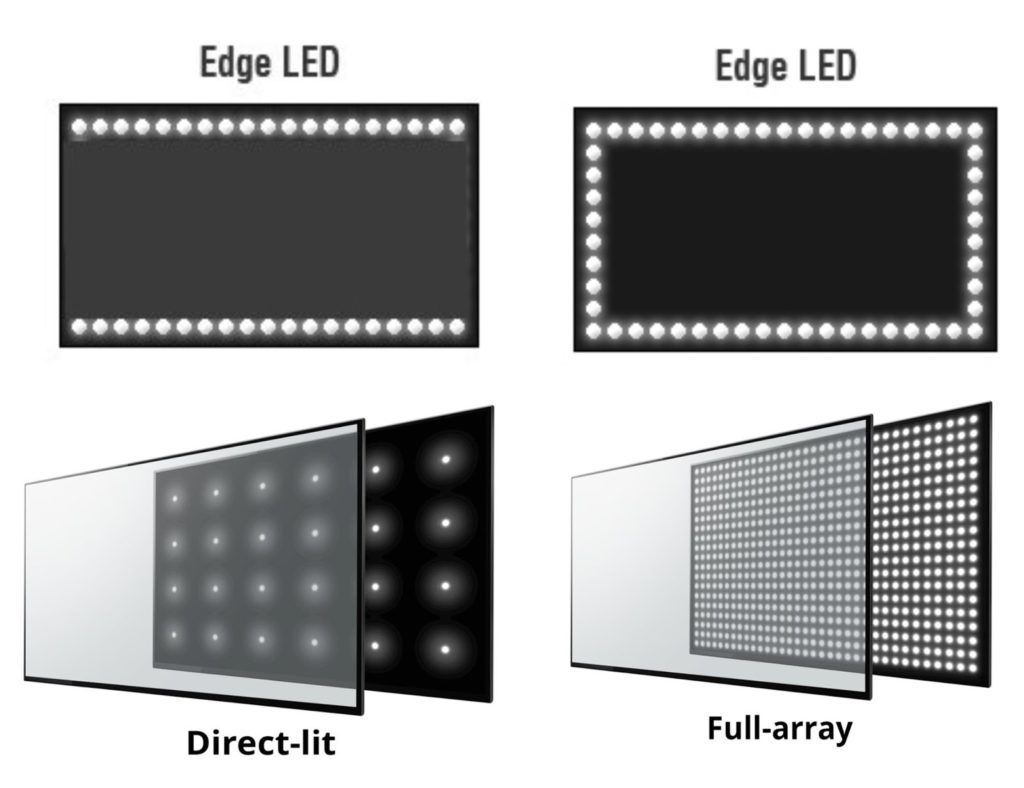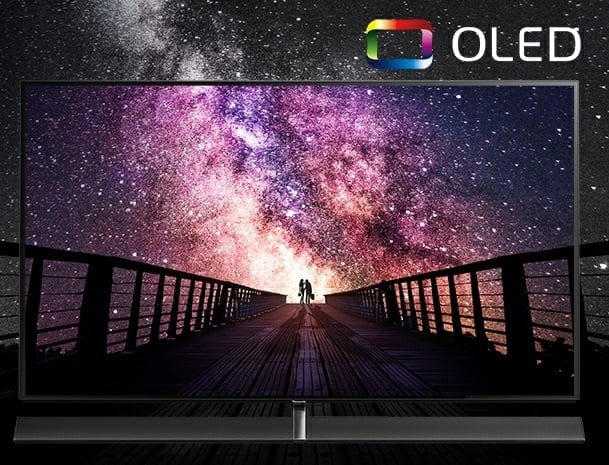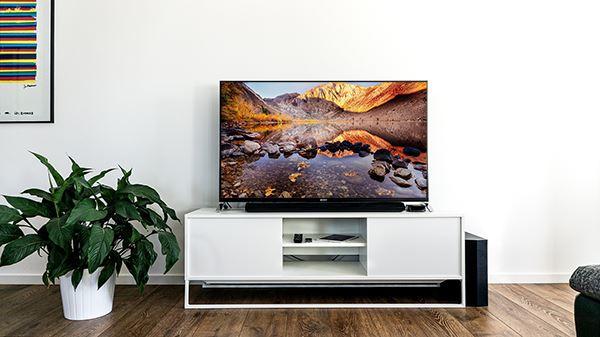What are the differences between QLED vs. OLED vs. MICROLED? The LCD screen is long dead and the LED is experiencing its last glory days. The war for TV is very tight between these three new technologies: OLED, QLED and MicroLED and we dedicate this special article to them. Which one is worth buying? Does it make sense to buy a LED TV at this point? Which technology will be the standard within a few years?
Although there are many TV manufacturers, when we talk about companies that actually produce a TV – like a screen and a processor – the list is greatly reduced. Today we can divide the market into three trends:
- QLED, with the best of Samsung and its Quantum Dot LED technology.
- OLED, with LG and Sony as its main supporters.
- MicroLED, Samsung’s future proposal and to which other giants like Sony could participate (under the name of Crystal LED).
For many years, the technology behind a screen has been similar- a layer of crystals with external lighting (first behind, then on the edges and in the last models almost at pixel level) to build the image.
With the arrival of OLED, every pixel can light up becoming a brutal contrast, a virtually pure black and the possibility of customizing the design (very thin screens, curves, etc.), a technology unattainable only until recently. Since they do not require an external lighting source, the design can be much thinner and also consume less energy.
At this point, it is worth clarifying that QLED is nothing more than an evolution of the LED system that we have had so far (and an idea of marketing offices to make it even more complicated for consumers). Its fundamental difference compared to the “normal” LEDs is that each pixel can be activated individually, offering superior advantages to the standard but not reaching the OLED.
Our third protagonist, the MicroLED, has just arrived on the scene, and represents the real challenge for the future- the basic revolution of this technology is to reduce the pixel size up to 100 times compared to a traditional LED (there are already screens with 0.15 mm pixels), multiplying the number of them and reducing the distance between them.
Thus, a MICROLED TV can offer the best of both worlds– pixels of a minimum size that can be controlled at will, the possibility of pure black, much brighter than an OLED, wide viewing angle and no medium or long degradation problems term.
A MicroLED screen is made up of small independent modules, allowing manufacturers to create televisions of any size and shape; only one controller is needed to indicate which pixels need to be activated at all times, but the possibilities are almost endless.
Surely more than one reader wonders how it is possible that there is not yet a MicroLED TV on the market. The reasons are different, but the most important challenges for the sector are two- the screens are extremely expensive to produce and generate a lot of heat, which must be dissipated efficiently and without noise.
Will we see the first MicroLED TVs in 2024? Although Samsung has already shown The Wall (a 146-inch television) from my point of view it takes at least another two years to see one in the living room.
As mentioned, in addition to the price, it is difficult to install a cooling solution in small and thin televisions, a problem that is not present in a larger TV or that is intended to display commercial information. These will be the first destinations of MicroLED TVs.
So which TV should I buy?
As always, the decision depends on the budget we have available and on the use, we have to make of the television. To watch conventional television it makes no sense to invest in the latter, but if you are fond of high quality films and series or have a group of friends with whom you want to play with maximum detail, the differences between one technology and another they’re important.
If your budget is less than 1,500 euros, my recommendation is to opt for the latest generation LED or QLED TV. In this price range, HDR should not be a fundamental variable, but if it has much better. As for the 4K, it will be difficult to find a model of more than 50 inches that is only 1080 so there is no doubt.
It is possible to find some OLED offerings around this price but, in my opinion, it is much better to invest in the best LEDs or QLEDs that you can afford instead of a low-end OLED. From my point of view, the Samsung QE55Q6FN or the Sony KD-55XF9005 are two very interesting options.
OLED is the present and has no rival both in the middle and in the high end in terms of image quality. My two recommendations here are the Sony KD55A1BAE P and the LG 55 “55E7N, but the offer is very wide.








